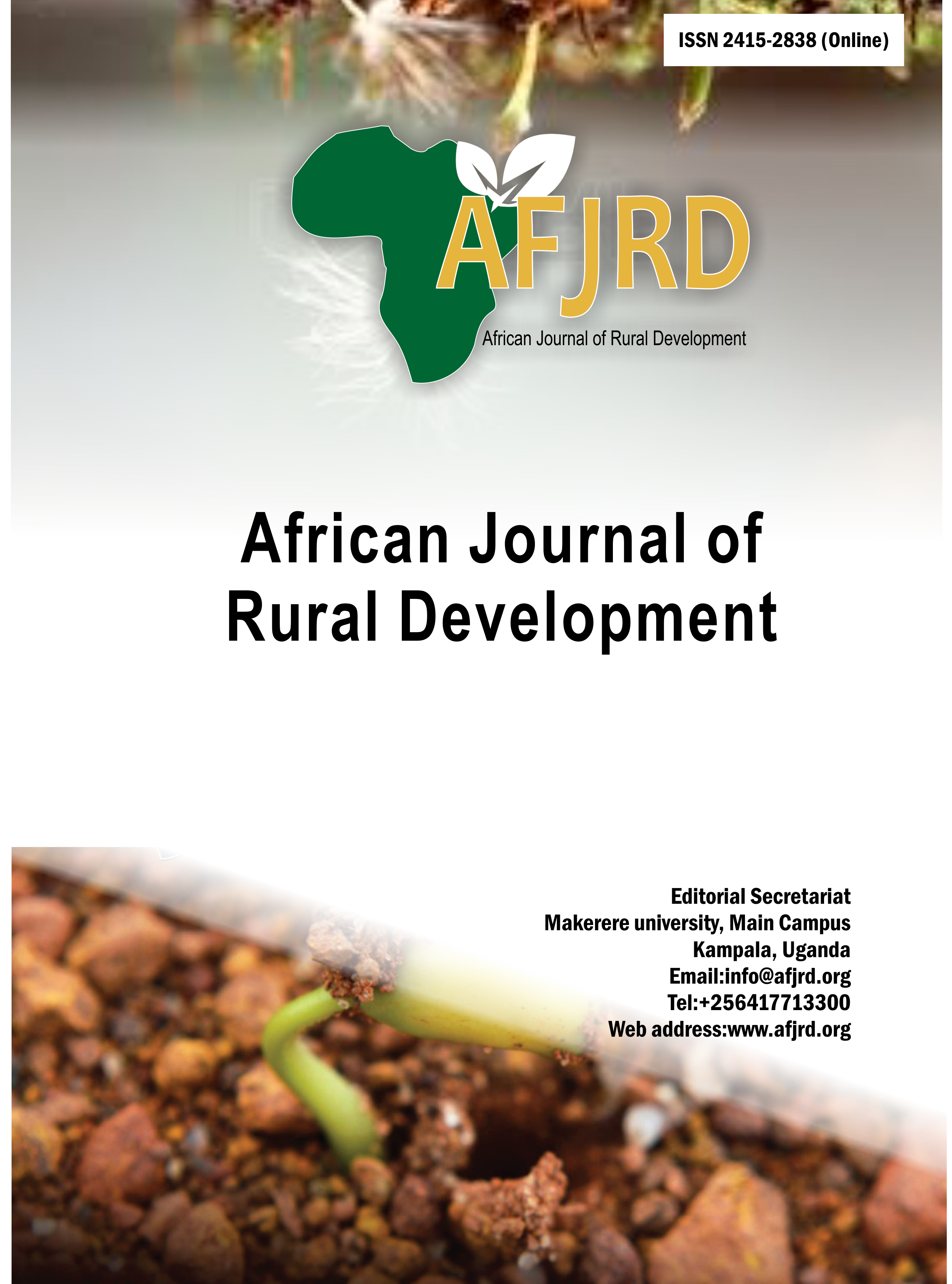Higher Education and Scientific Research in Sudan: Current status and future direction
Main Article Content
Abstract
Higher Education (HE) is an essential resource for Sudanese who hope to escape the painful
transition to independence, its violent attempts to forge a common national identity, and its
decades of war and military rule. The year 1990 witnessed the birth of HE revolution which is
considered as a revolving point for HE in Sudan. Since then, however, considerable discrepancy
between the output of graduates in different specializations and the absorptive capacity of the
labour market has been noticed leading, in turn, to unemployment, underemployment and to
scarcity of graduates. The purpose of this study was to examine the status and future direction
of higher education and scientific research in Sudan. Study methodologies combined use of
qualitative and quantitative data. The findings indicate that the regulation of HE institutions and
oversight of scientific research in the country are managed by Ministry of Higher Education
and Scientific Research (MOHE), but formulating policies, plans, objectives, funding, and
scientific research priorities are handled by the National Council for Higher Education and
Scientific Research since 1972. Today, there are 128 Higher Education Institutions (HEIs), of
which 36 are public and 20 private universities, 53 private colleges and 19 technical university
colleges. Disciplines in HE include education, humanitarian, social, administration and law,
agriculture, health, science, information technology, engineering and others as services. In
2018, the number of enrolled students was 300,000, with 54% female and 46% male students.
The highest total numbers of students’ enrolment were in education and social studies, which
accounted for 20%
Article Details

This work is licensed under a Creative Commons Attribution 4.0 International License.
